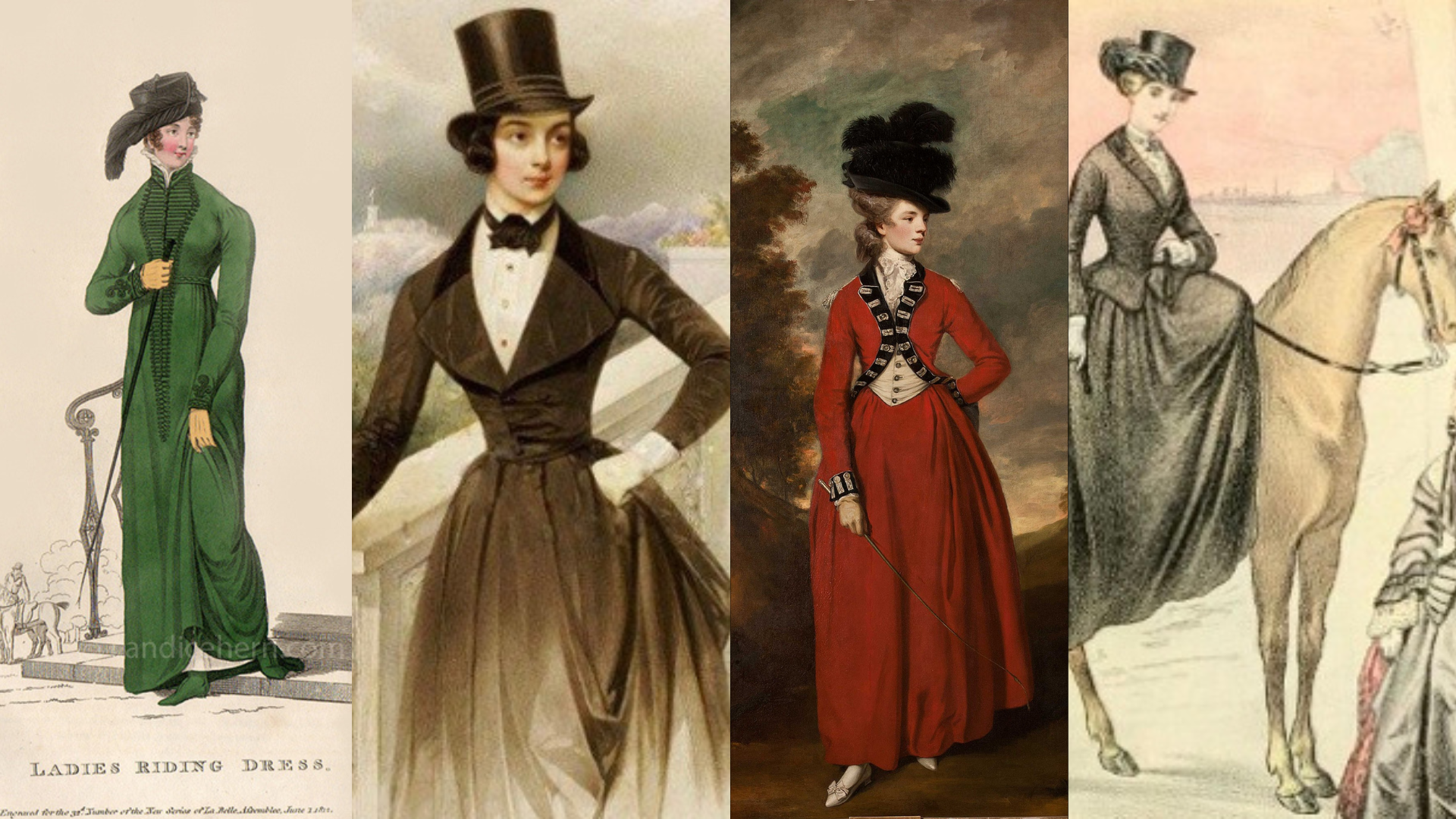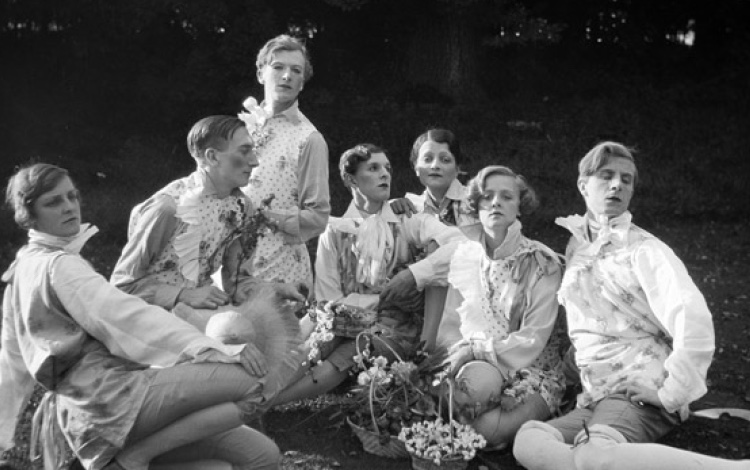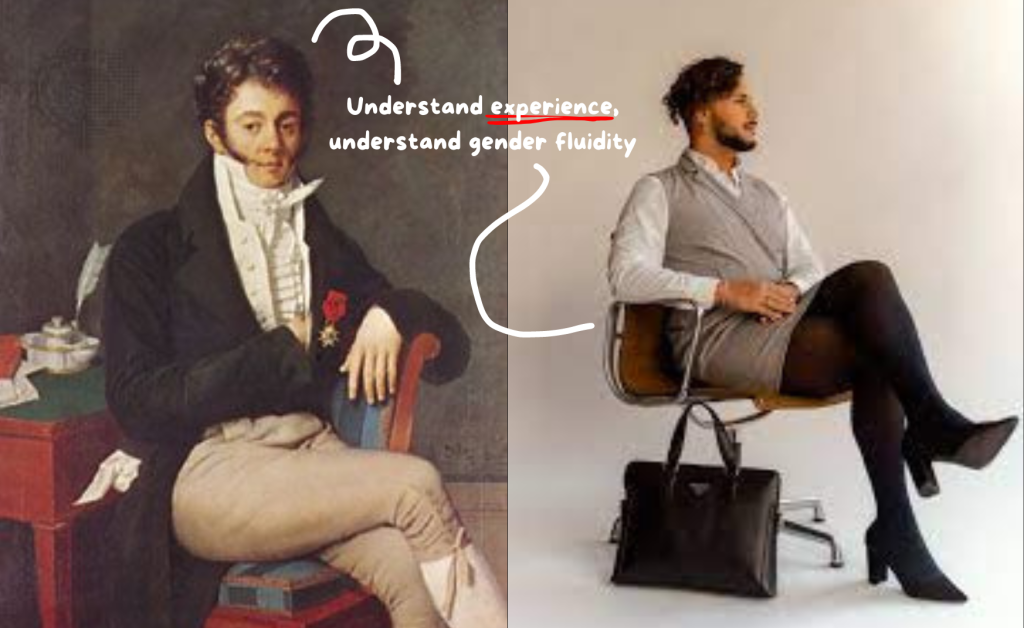The realities of gender fluidity are now more well-understood, discussed and accepted than ever before. As a result, people are feeling more confident in identities that do not conform to the watertight binaries that we have known so far. Non-binary and genderqueer are a few such fluid identities.
At the same time, however, gender binaries are not so easily shaken off as they are systemic and hard-wired through generations of conditioning. It is no wonder that many LGBTQIA+ allies struggle to understand the needs of gender fluid individuals such as those that identify as non-binary and genderqueer. They often ask, “Isn’t being non-binary and genderqueer the same thing?” The answer is: depends on who you ask!
What is the difference between non-binary and genderqueer?
Let’s start with some background.
While the term non-binary is now generally referred to in terms of gender identity, it has been a concept within fashion history for a long time. Think about the horse-riding habits of Regency or Victorian era British women that took inspiration from a masculine silhouette and incorporated traditionally male pieces of clothing like the top hat.

Further down into the 1920s and 30s a group of young British aristocrats and socialites, calling themselves the Bright Young Things, heralded a fashionable youth subculture. The flamboyant clothing and makeup that they were known for challenged the rigid gender norms of their class and time.

Within the context of gender identities, a non-binary individual is one that does not fall within the traditional categories of male and female. Some prominent public figures who have come out as non-binary include singer Sam Smith, model Cara Delevinge and singer Demi Lovato.
Many people who identify as non binary also identify as genderqueer and use both terms in an interchangeable manner. Speaking to Vice News, Cyrus Cohen, a non-binary New Yorker defined genderqueer as “an umbrella term” that includes all identities with the exception of cisgender. However, there are other non-binary individuals who do not view themselves as genderqueer and do not see it as a fitting blanket term for their self-expression. Rui, told Vice News that they do not use the term genderqueer for themselves because it “implies more of an oscillation between genders.”
According to Serving LGBTIQ Library and Archives (2010), “People who identify as genderqueer or intergender may consider themselves as being both male and female, as being neither male nor female, or as falling completely outside the gender binary. Some genderqueer people see their identity as one of many possible genders other than male or female, while others see genderqueer as an umbrella term that encompasses all of those possible genders…Genderqueer people are united by their rejection of the notion that there are only two genders.”
It is safe to say that there is no easy answer to this question. The term “gender fluidity” holds the key. It is the principle characteristic of fluid identities like non-binary and genderqueer to transcend gender borders and exist in gradients. Therefore, there can be no clear differences between them in theory.
However, differences may exist in gender experience. Allies need to then focus more on understanding and including diverse gender experiences to bring about impactful change in LGBTQIA+ access.


